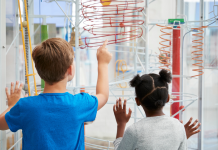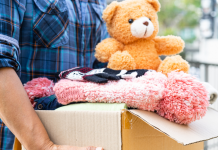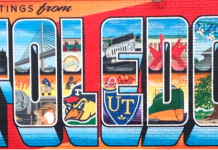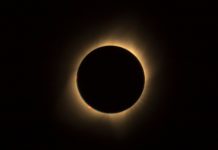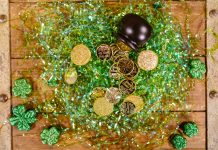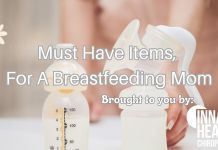Why Swap to Safer?
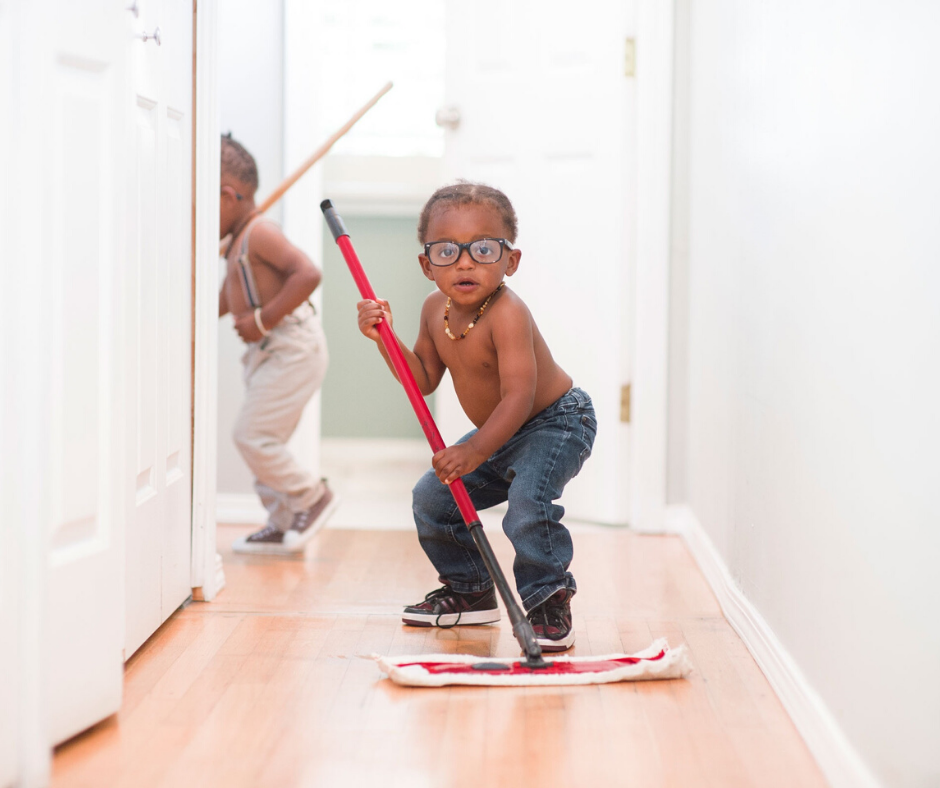
I started paying attention to labels when I finally got pregnant after struggling with unexplained infertility. Previously, I assumed products were safe if they were on the shelves. However, I’ve learned there is very little regulation over the products we apply to our skin, breathe in, and clean with.
Rebecca Sutton, PhD, a senior scientist at the Environmental Working Group (EWG), explains,
“In terms of household cleaners, neither ingredients nor products must meet any sort of safety standard, nor is any testing data or notification required before bringing a product to market.”
Products you use every day may contain ingredients linked to allergies, cancer, environmental concerns, respiratory health damage, and/or endocrine disruptors – and you might not even know about them! Companies are not required to fully list the ingredients in their products, particularly ones for professionals only (like salons). According to the EWG, only 1 in 7 products share their full ingredient list!
Though we can’t avoid harmful ingredients altogether, we can drastically reduce our exposure. In this guide, I will help you “clean up” your house!
Read the Labels
Product labels might be hiding questionable ingredients right in front of you. It can sometimes feel like you need a degree in Chemistry to decode it! Here’s what to look out for:
1.) Vague descriptions, like “fragrance,” “surfactant,” “colorant,” and “preservative”
These label descriptions are considered proprietary – meaning companies don’t have to tell you what’s in them. “Fragrance” is a blanket term that could encompass hundreds of different chemicals not listed on the label. Certain dyes have been linked to cancer and allergic reactions, particularly in children.
- Swap to safer: Aim for products that are naturally scented or colored with essential oils or natural ingredients. Simple white vinegar diluted with water makes an excellent all-purpose spray. Choose “free and clear” laundry detergents, dish soaps, and hand soap over the brightly colored, heavily scented options.
2.) Phthalates
Chances are you won’t find this endocrine (hormone) disruptor listed, but it is likely lurking in a product if it has “fragrance” on the label. Phthalates can be breathed in or absorbed through the skin (from scented soaps, for example).
- Swap to safer: Ditch the artificial fragrances, including air fresheners. Choose free & clear products, products scented with essential oils, use essential oils or activated charcoal for air fresheners, add more plants (natural detoxifiers!) to the house, or simply open the windows to freshen air.
3.) Sodium Hydroxide (Lye)
Often labeled as lye, it is commonly found in drain and oven cleaners. Sodium hydroxide is a very strong base, which is corrosive to skin, membranes, and the respiratory system. Contact with skin or eyes can result in serious chemical burns. Inhalation can result in a sore throat or worse for several days.
- Swap to safer: Use steam followed by a baking soda paste (and a lot of elbow grease!) on oven stains. For clogged drains, pour some baking soda and vinegar in, close the drain for about 30 minutes, and then follow with hot water. You can also use a mechanical “snake” drain unclogging tool for a chemical-free option.
4.) Chlorine/Chlorite
Chlorine can be found in a range of products from toilet bowl cleaners, scouring powders, mildew removers, and laundry whiteners. It’s also added to city tap water to control microbes (yes, even Toledo City water). It can be a serious thyroid disruptor. When mixed with ammonia, it creates a toxic substance – chloramine gas.
- Swap to safer: Choose non-chlorine alternatives, such as oxygen-powered whitening agents (BioKleen makes a great one), baking soda scrubs, Bon Ami, Borax, or white vinegar for stain removal. Use a filter for your drinking water to help limit your exposure.
5.) Ammonia
Ammonia is found in a lot of glass cleaners and polishes for jewelry, sinks, and fixtures, because it evaporates quickly (leaving a “streak-free shine”). It is an incredible respiratory irritant, almost always inhaled. It can worsen, trigger, or cause asthma or chronic bronchitis. When mixed with chlorine, ammonia creates a toxic substance – chloramine gas.
- Swap to safer: Toothpaste doubles as silver polish. Vodka, amazingly enough, leaves a reflective shine on metal or mirrored surfaces.
6.) 2-Butoxyethanol
A key ingredient in many windows, kitchen, and all-purpose cleaners, it falls under the family of “glycol ethers.” This powerful solvent is not required to be listed on labels, but contributes to the characteristics “sweet” smell some products have. At best, these substances cause sore throats when inhaled but, at higher levels, can lead to dizziness, unconsciousness, pulmonary edema (fluid in the lungs), and even liver or kidney damage.
- Swap to safer: One of my favorites is this Attitude wood & tile cleaner, which can be diluted to make an all-purpose spray. You should also properly ventilate your workspace by running a fan or opening a window.
7.) Triclosan
Triclosan is found in many products labeled “antibacterial,” particularly dishwashing detergents and hand soaps. This chemical can actually lead to antibiotic-resistant strains of bacteria. It is also suspected to be a hormone-disruptor and probable carcinogen (cancer-causing agent). Toxic levels of triclosan have been discovered in our waterways, damaging the health of our aquatic ecosystems, too.
- Swap to safer: Wash with non-antibacterial products – they are equally as effective, without the potential for harm. If using hand sanitizer, opt for alcohol-based options that leave out the antibacterial agents.
8.) Quaternary Ammonium Compounds (“QUATs”)
QUATs are another antimicrobial ingredient that’s often found in fabric softener, dryer sheets, and other antibacterial products. They are suspected to be a leading cause of contact dermatitis. Evidence also suggests QUATs can cause healthy individuals to develop asthma with regular exposure.
- Swap to safer: Use white vinegar in a wash cycle for a non-toxic, natural softener. Vinegar will remove residual soap in the rinse and helps prevent static cling in the dryer. For a safe antimicrobial all-purpose cleaner, mix a few drops of tea tree oil with a tablespoon of white vinegar and dilute with water in a spray bottle.
One Step at a Time
Doing a clean sweep of your household products all in one shot might be overwhelming or not realistic. So, start small! I personally think to switch to safer laundry detergent and dishwashing soaps make the most impact right away. Opening the windows often for fresh airflow is also a simple and free habit to engage in. Every little swap to safer adds up!


